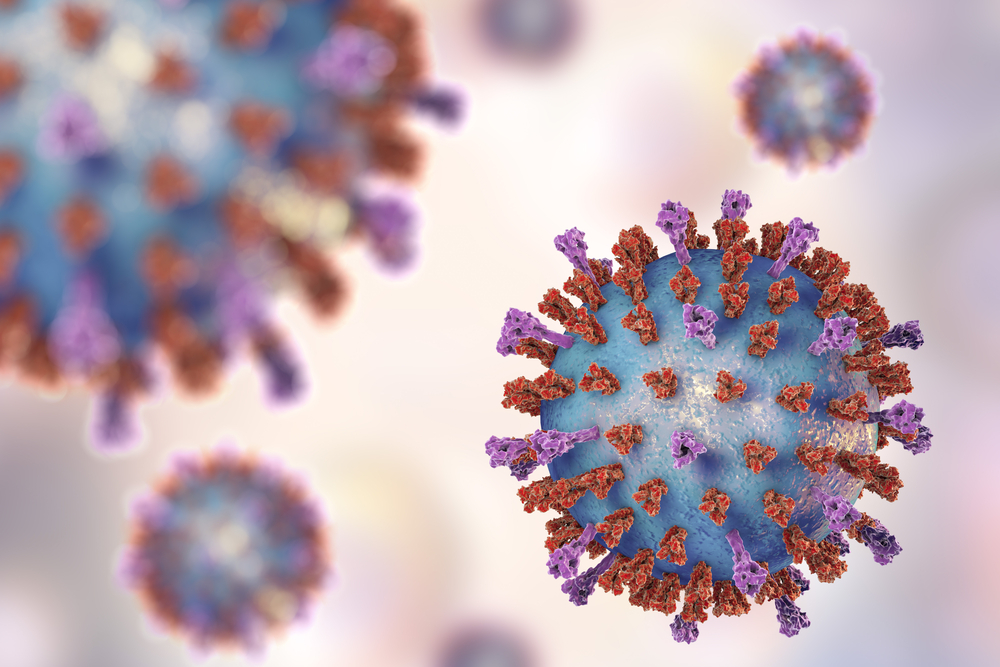
Researchers from Princeton University have found that climate change has the potential to make respiratory syncytial virus (RSV) outbreaks less severe but more common in high-risk areas.
The studies consisted of climate condition influence on annual outbreaks of RSV in the United States and Mexico. Higher temperatures and increased rainfall both factored in for the virus’s change. Humidity variation tends to drive the virus in temperate locations, while rainfall dictates it in more tropical regions. Factoring these into climate change models, the researchers came to their conclusion, which also included a peak-infection cycle shifting north.
This means North America could see more RSV in the years to come, earlier and earlier in the year.
“Right now, we see RSV cases throughout the year in tropical locations. In the majority of the United States, we see annual seasonal outbreaks with no cases in the summer months, and we see biennial dynamics in the northern parts of the United States where there are large numbers of cases every two years,” Rachel Baker, first author of the study and a postdoctoral research associate in the Princeton Environmental Institute (PEI), said. “It is those patterns that could shift northward. Essentially we will see few of the biennial dynamics and more of the persistent tropical-type dynamics in the future.”
An exception to the less severe prediction: locations with extreme rainfall — usually in the tropics — would likely see a spike in epidemic severity. Even for those locations experiencing less severe cases, the researchers warn that spreading the virus out throughout the year could do more harm, leaving more people vulnerable to the virus over the long term, especially in the case of children.
Researchers worked using a model of the virus’ peaks during the year based on county-level observations in the United States and state-level data from Mexico. Their paper marks the first publication from PEI’s Climate Change and Infectious Disease initiative.
“Our modeling approach, which allowed us to disentangle the effect of climate from other drivers of disease transmission, can be applied to other pathogens,” Baker said. “Our results suggest that climate can play a central role in driving the timing and dynamic patterns of infectious disease. Characterizing this role is crucial for understanding the future effect of climate change.”




